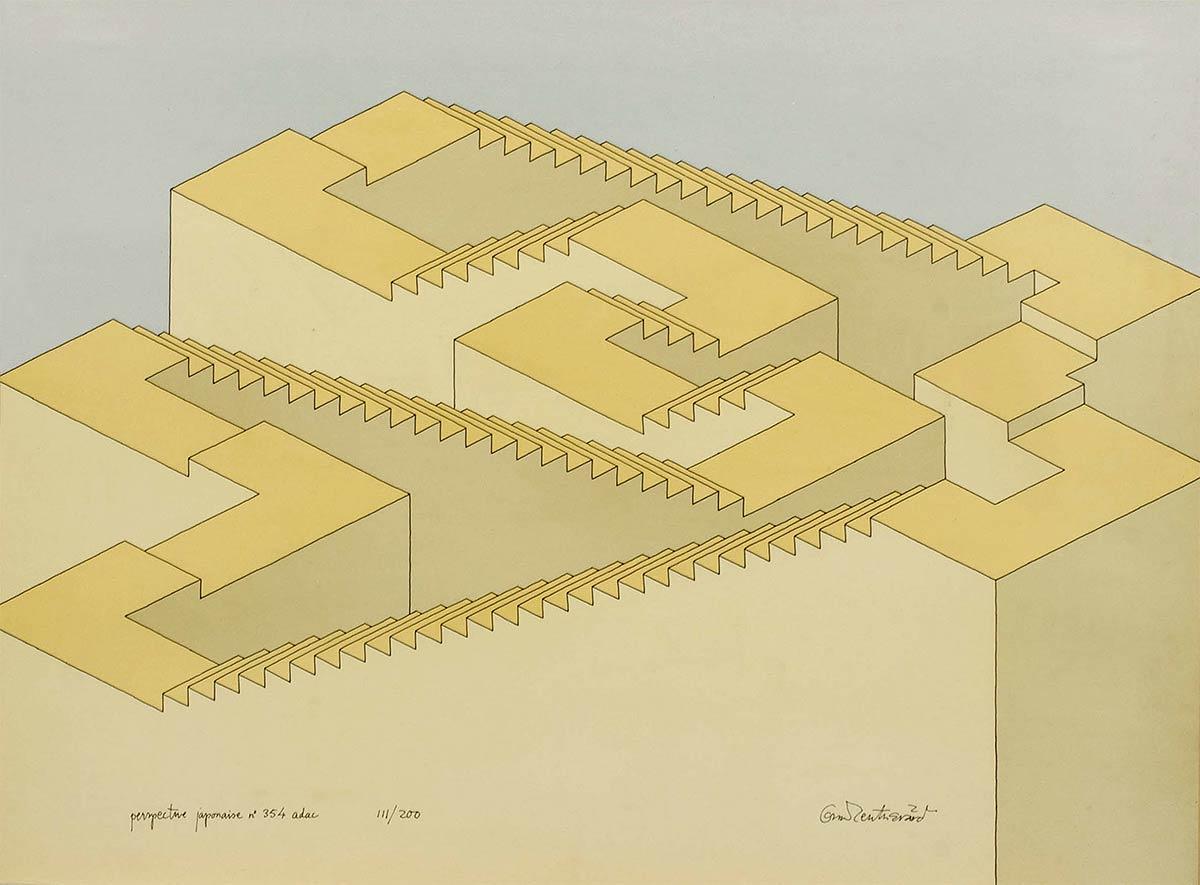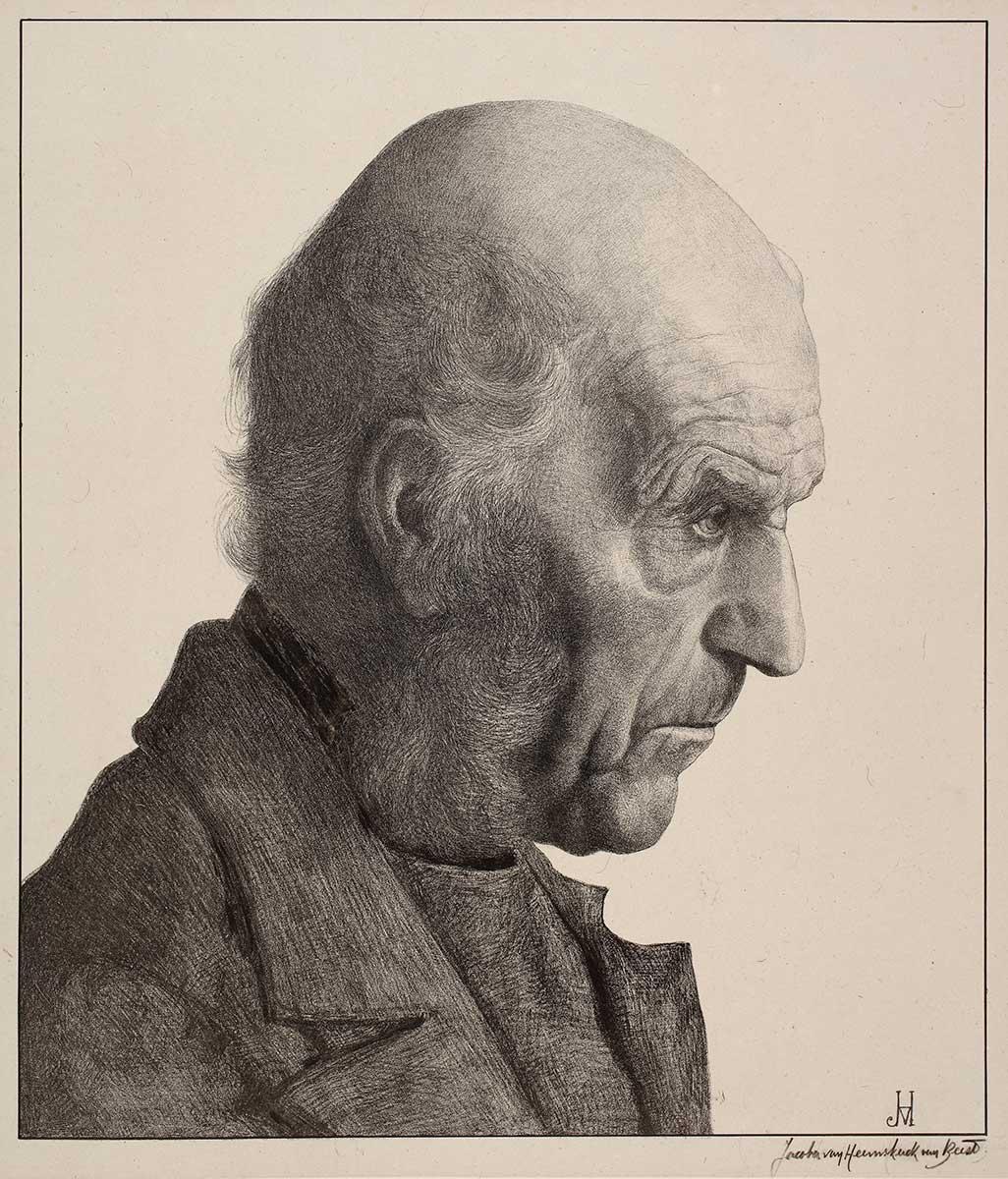
Graphic Grandeur
We use cookies and similar technologies on this website to analyze visits and to show you relevant messages on social media. By clicking 'Accept all' you give permission for their placement and for the processing of personal data obtained in this way, as stated in our privacy & cookie statement.
Our privacy & cookie statement:
Below you can choose which types of cookies you allow on the Escher in The Palace website.

The term homo universalis, meaning universal man, aka polymath, was coined in the Renaissance by the writer, philosopher and musician Leon Battista Alberti (1404-1472). Leonardo da Vinci is often seen as the quintessential polymath. In his case, this referred to his mastery of the complete spectrum of sciences. Greek philosopher Aristotle (384-332 BC) is considered to be the first homo universalis. The term is at times applied incorrectly, but Richard Roland Holst (1868-1938) definitely qualifies. In the database of the RKD, the Netherlands Institute for Art History, he is described as an author, sculptor, scene-painter, Academy director, etcher, glass painter, professor, illustrator, lithographer, furniture designer, designer, painter, draftsman, maker of woodcuts and muralist. A universal man of the arts, in other words.

He was already an artist of some repute when M.C. Escher contacted him in November 1917. Escher sent him a number of linocut prints with an accompanying note:
"I am very curious about your judgment because I have wanted to cut wood for a long time and I do not know if I am ready for that. Also, I am not at all aware of the techniques to be used in wood, which are of course much more difficult than those in linoleum. Could you perhaps recommend a book about the technique of woodcarving?"
There was a brief correspondence in which Roland Holst encouraged Escher to continue with his graphic art.
Richard ‘Rik’ Roland Holst was born into a progressive but also very wealthy family. Money was never a problem and he was free to develop himself as an artist and theorist. He made the decision to pursue a career in the arts at a young age, a choice that was respected by his parents. His awareness of his privilege may have been his motivation for trying to imbue his art with social meaning throughout the course of his lifetime. Roland Holst felt a strong identification with the fate of the worker. He was aware of the working class’s living and employment conditions, and he wanted to place his art at the service of his social commitment.
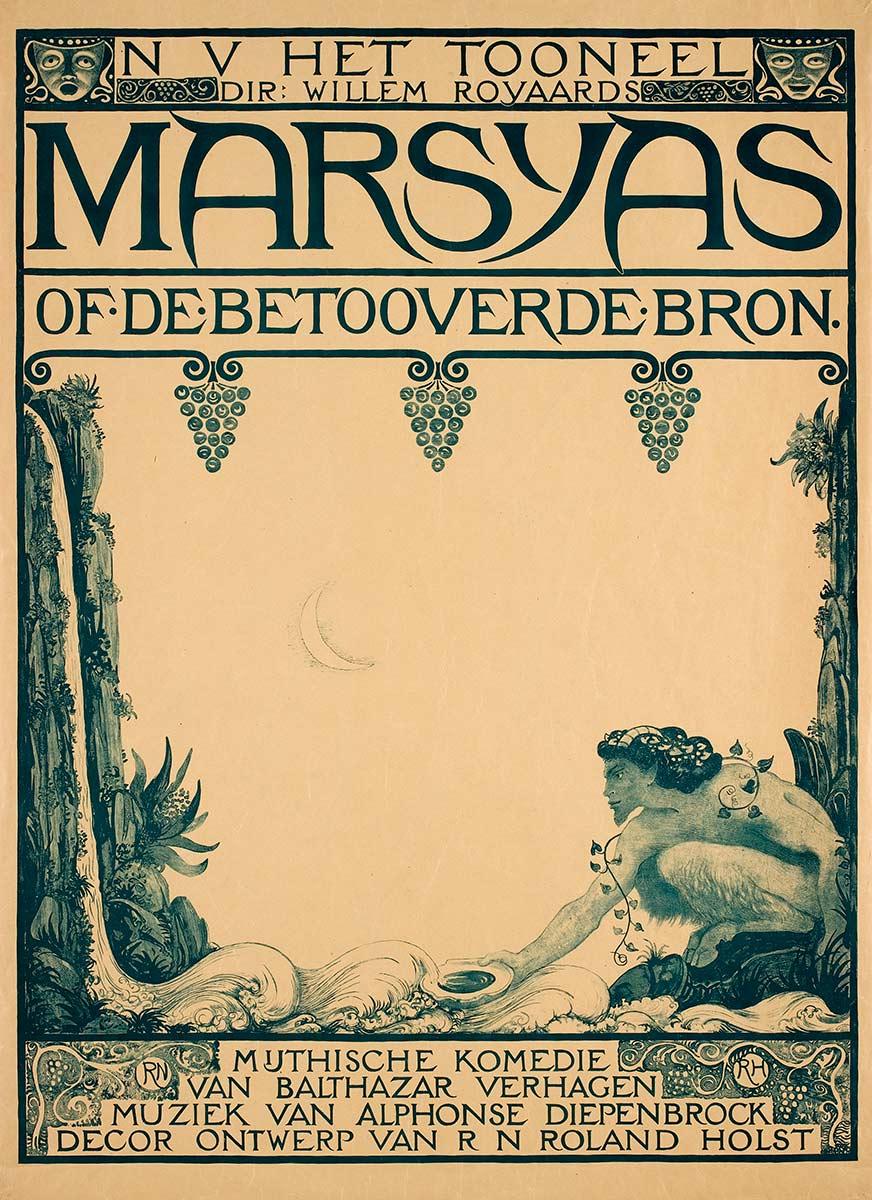
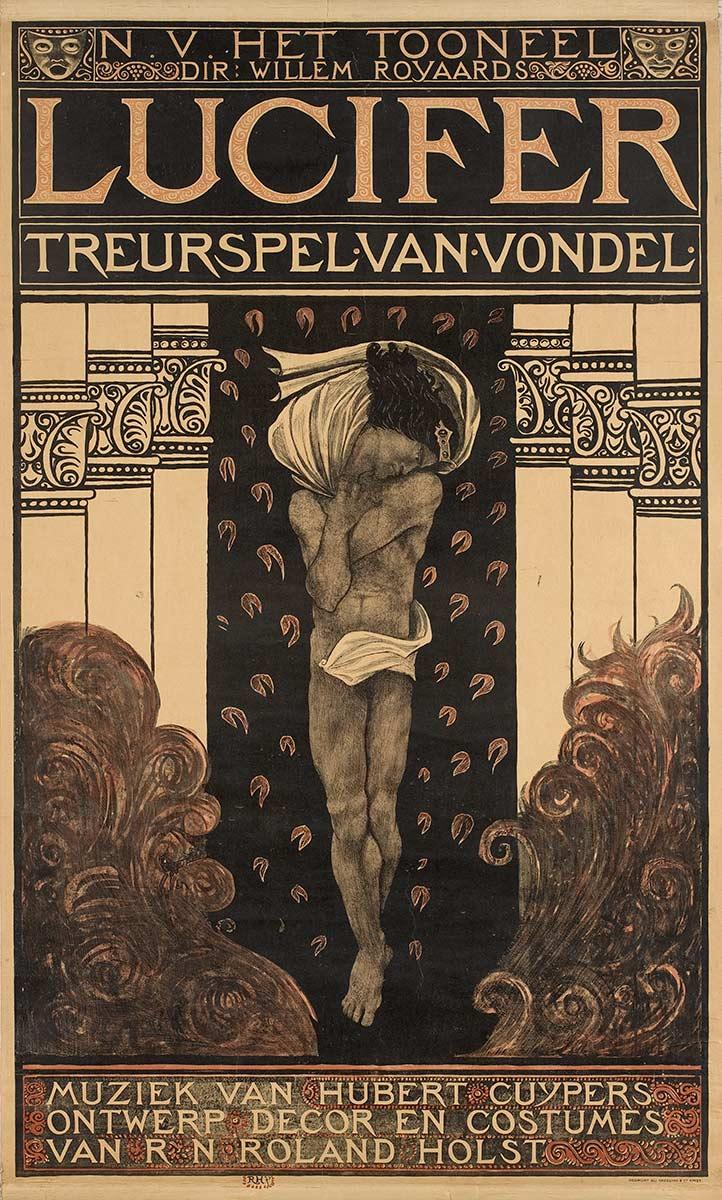
During his art studies at the Rijksakademie, Holst was an admirer of Impressionism, but abandoned this movement from 1890 onwards. He was influenced by a new trend among young artists, who were tired of simply painting what they saw and were looking to invest deeper meaning in art. They wanted their work to not only appeal to the moneyed art connoisseur, but also contain a message for ‘everyone’. These artists pivoted away from painting on canvas and started making monumental, decorative art in public buildings and in other places with high visibility. In a jubilant review of a large mural by Antoon Derkinderen in the town hall of Den Bosch, artist and critic Jan Veth coined the term ‘community art’. According to Veth, Derkinderen had created an allegorical and universal image that managed to get to the heart of things. This term did not come out of the blue. In Great Britain the Arts and Crafts movement had been active for some time and its influence in the Netherlands was great. Certainly upon Roland Holst, who had met the founder William Morris and some of his followers during a visit to London.
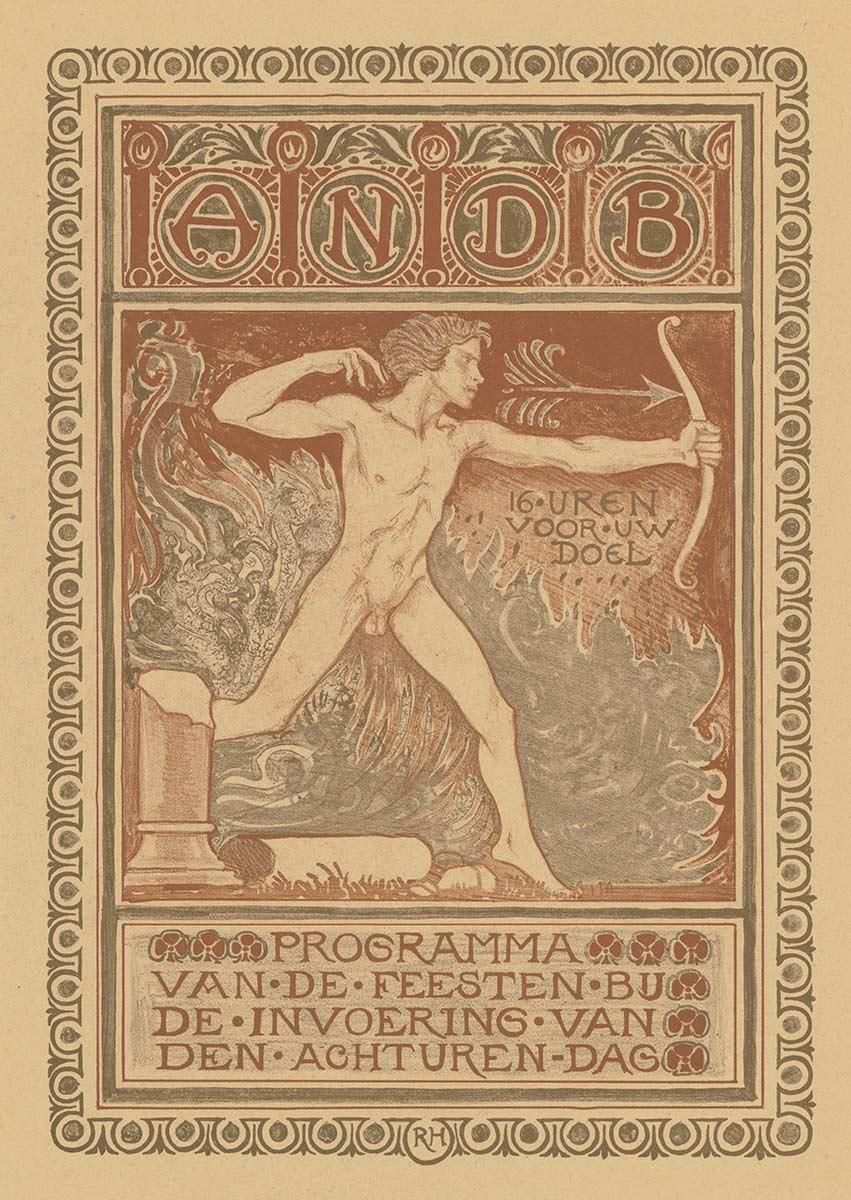

In 1896 Roland Holst married the acclaimed socialist poet Henriëtte van der Schalk. According to her biographer Elsbeth Etty, it was not a happy marriage and it remained childless, but Henriëtte had a significant influence on Richard’s ideas and work . In 1897 they joined the newly formed Social Democratic Workers’ Party (SDAP). It campaigned for a socialist society in which the core industries would be owned by the state. The couple became very active in this movement, although Henriette was more passionate about the cause than Richard (she is said to have been a personal friend of Lenin and Trotsky) and she would stay the course longer. Richard was a committed socialist as well as an idealist. He struggled with the daily hassles and personal feuds that raged within the party. He designed posters and made prints for the party’s magazine, but he found it difficult to work so closely upon current events. He was looking for a way to make art with a strong social engagement that had a wide reach, and that would afford him more time and freedom.
He found the ideal form for this when shortly afterwards he was commissioned to make large murals for two buildings by architect H.P. Berlage. These were the Koopmansbeurs stock exchange building (now the Beurs van Berlage) and the headquarters of the diamond workers’ union (ANDB) which shortly after completion was nicknamed the Burcht (fortress) van Berlage. At the time, ANDB was the largest trade union in the Netherlands. Richard and Henriette Roland Holst were friends with Berlage with whom they clearly shared a kindred spirit and a love of socialism. The Beurs and the Burcht are classic examples of community art, with multiple artistic disciplines playing a role in their development. In these buildings Richard made a series of murals about the labor movement: its origins, present situation, and its future. Henriette wrote the accompanying slogans, which symbolized the spiritual upliftment of the workers. For the ANDB, Richard also painted murals about the introduction of the eight-hour working day. He was given total freedom and plenty of time and partly because of this, these works are among the most beautiful in his oeuvre. So when the ANDB murals suffered from water damage shortly after completion already, he was deeply saddened. He acknowledged it was his own fault for using an unsuitable technique. In 1920 he accepted a commission to recreate them, this time on eternit wall plates. It took him a long time to get started on them, and when the new versions were finally revealed in 1937, the tone had shifted from his first series. Now the central theme was the threat to the socialist ideal, not its glorious future. Today the ANDB building houses the Trade Union Museum and the murals by Roland Holst can still be admired there.

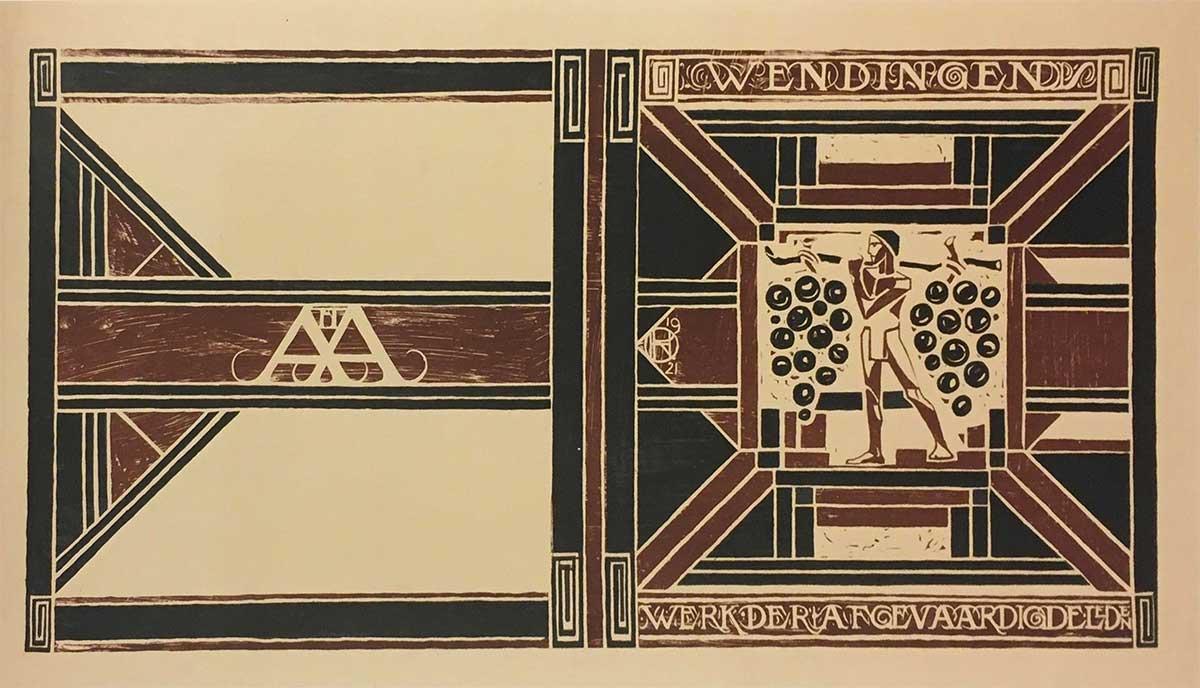
In addition to these murals, Roland Holst expressed his ideals in a wide range of applied art: posters, theater scenes, vignettes, calendars, book covers, bookplates, crockery and pottery, monumental decorations and stained-glass windows. His work has been shown in public spaces such as the city hall in Amsterdam, and the Dom Church and main post office on the Neude in Utrecht.
Roland Holst was also a theoretical scholar, and he published a large number of art theory articles and books. In 1918 he became art history professor by special appointment at the Rijksakademie. Between 1926 and 1934 he was the Academy’s director, following in the footsteps of his friend Antoon Derkinderen. While appreciation for his artistic work was declining, appreciation for his pedagogical qualities was growing. On the occasion of his 60th birthday in 1928, several newspapers published a profile of Roland Holst. They focused primarily on his teaching role and the influence he exerted on his students. This was also the main focus when he died ten years later.
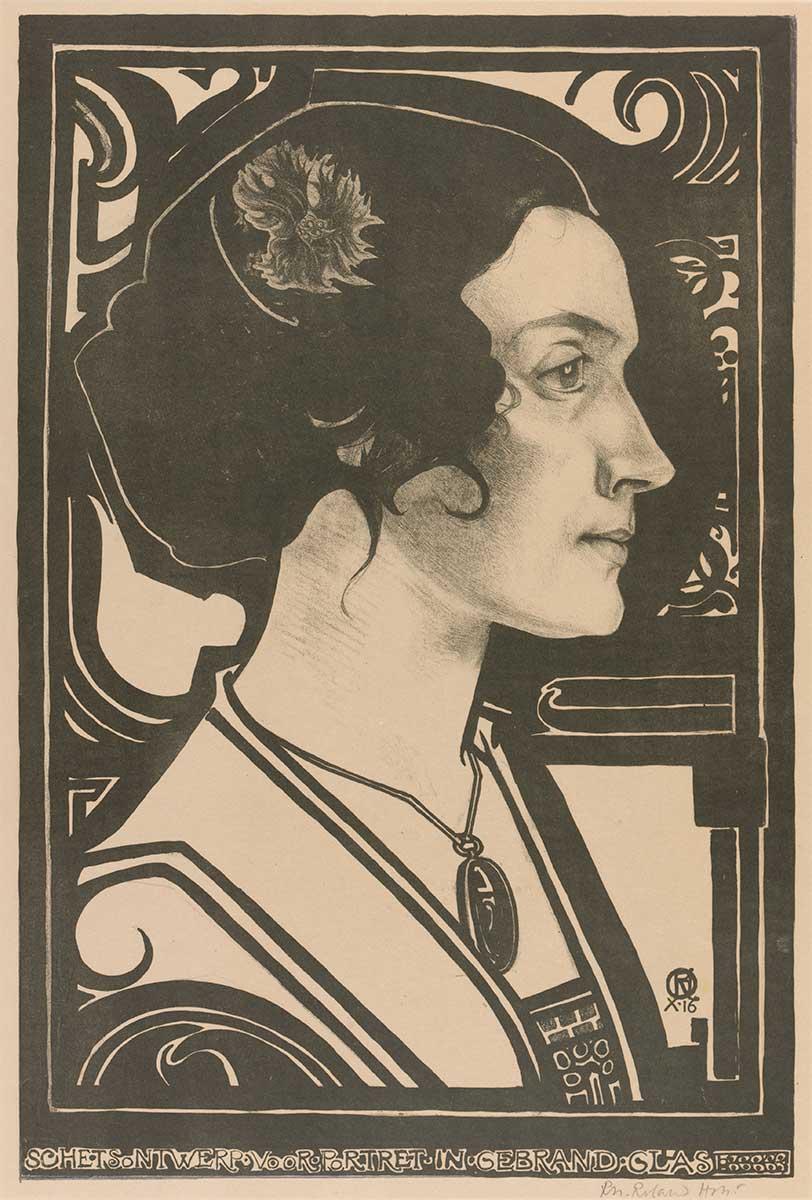
During his time at the Rijksacademie he always emphasized the artisanal and ethical aspects of art. He promoted the idea that art has a role to play in society with its ability to reach large groups of the population. This way of thinking was not exactly in line with contemporary developments in art, and Roland Holst began to increasingly withdraw from that world. He remained active as an artist, however, even after his retirement as director. In 1938 he completed his last work: Four larger-than-man-sized marble figures of the historical lawgivers Moses, Solon, Justinian and Napoleon. This commission for the large courtroom of the (now demolished) Supreme Court in The Hague was hard work and this may have been too much for him. Shortly after his 70th birthday, he fell ill and died of a cardiac arrest in the night of 31 December, 1938.
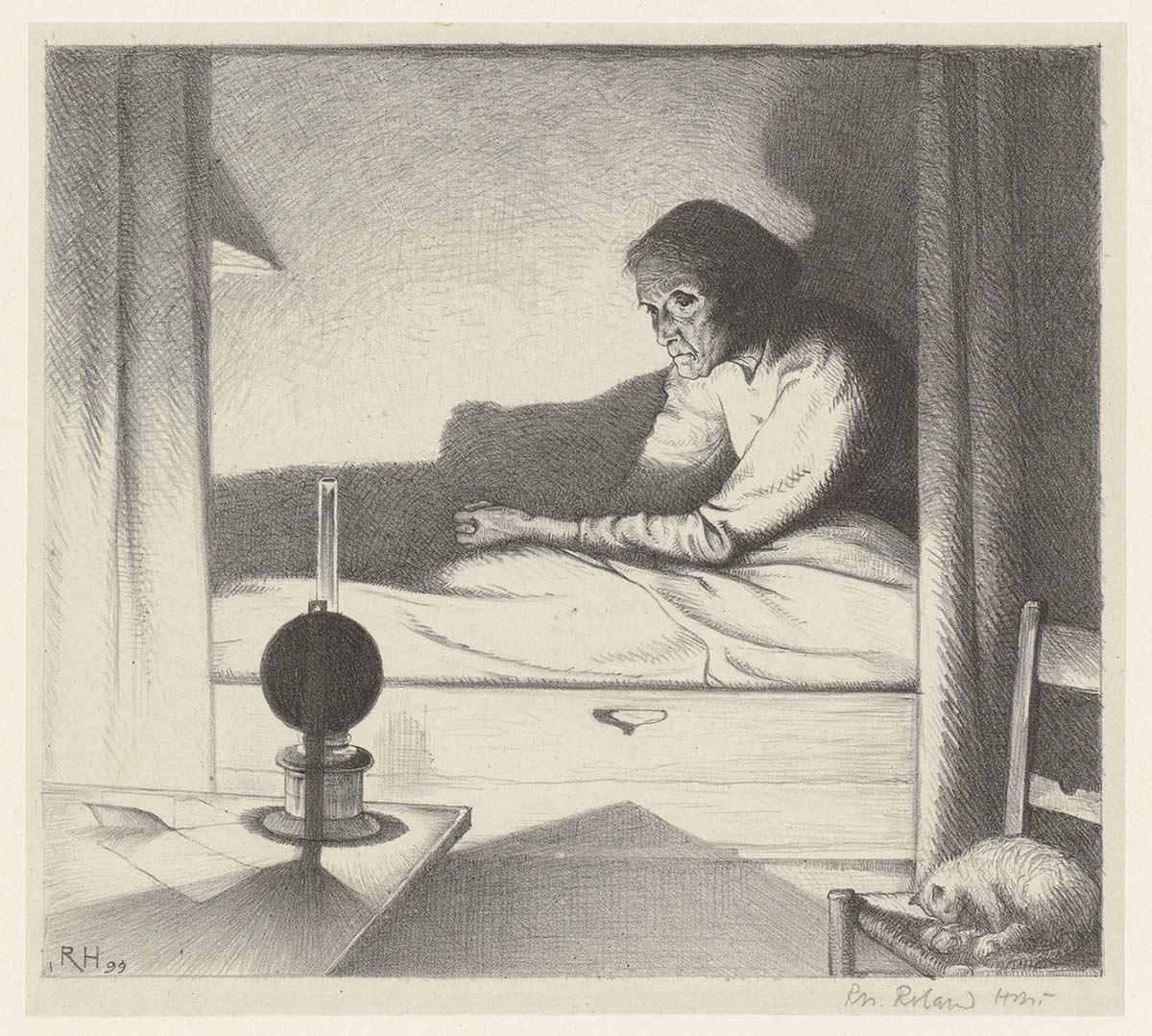

Throughout his lifetime, Roland Holst’s influence in the art world was considerable, particularly during his years as professor and director at the Rijksakademie. This influence is evident in his pivotal role as a socially engaged artist, inspirator and mentor. After the Second World War, however, his monumental work was quickly forgotten. He is a perfect example of an artist who follows the trends of his time. But when the trend goes out of fashion, the artist also disappears from view. However, his graphic work, the posters especially, is still highly esteemed.
Roland Holst and his wife owned an estate near Achtmaal, the Oude Buisse Heide, and spent their summers there from 1917 onwards. They were visited by many fellow artists, whose names are recorded in a guestbook kept by the couple. It also contains many personal notes, comments and photos. They stayed at the Angorahoeve, and Richard also had his own studio, which was designed in 1919 by Margaret Staal-Kropholler, the first female architect in the Netherlands. In 1945 Henriette donated the Oude Buisse Heide to Natuurmonumenten, but she kept visiting until her death in 1952. A movie has been made about the history and restoration of the art studio.
You need to change your cookie preferences to view the following content.
[*] Marja Pruis, Een verlangen naar rusland (A longing for Russia), De Groene Amsterdammer, 6 November 1996, Volume 120, no. 45
[**] Jaap Versteegh, ‘Mejuffrouw’ Duyvis, wel te verstaan, De geheime liefde tussen Richard Roland Holst en Debora G. Duyvis (Ms. Duyvis, that is to say, The secret love between Richard Roland Holst and Debora G. Duyvis) De Parelduiker, Volume 17, 2012

Graphic Grandeur
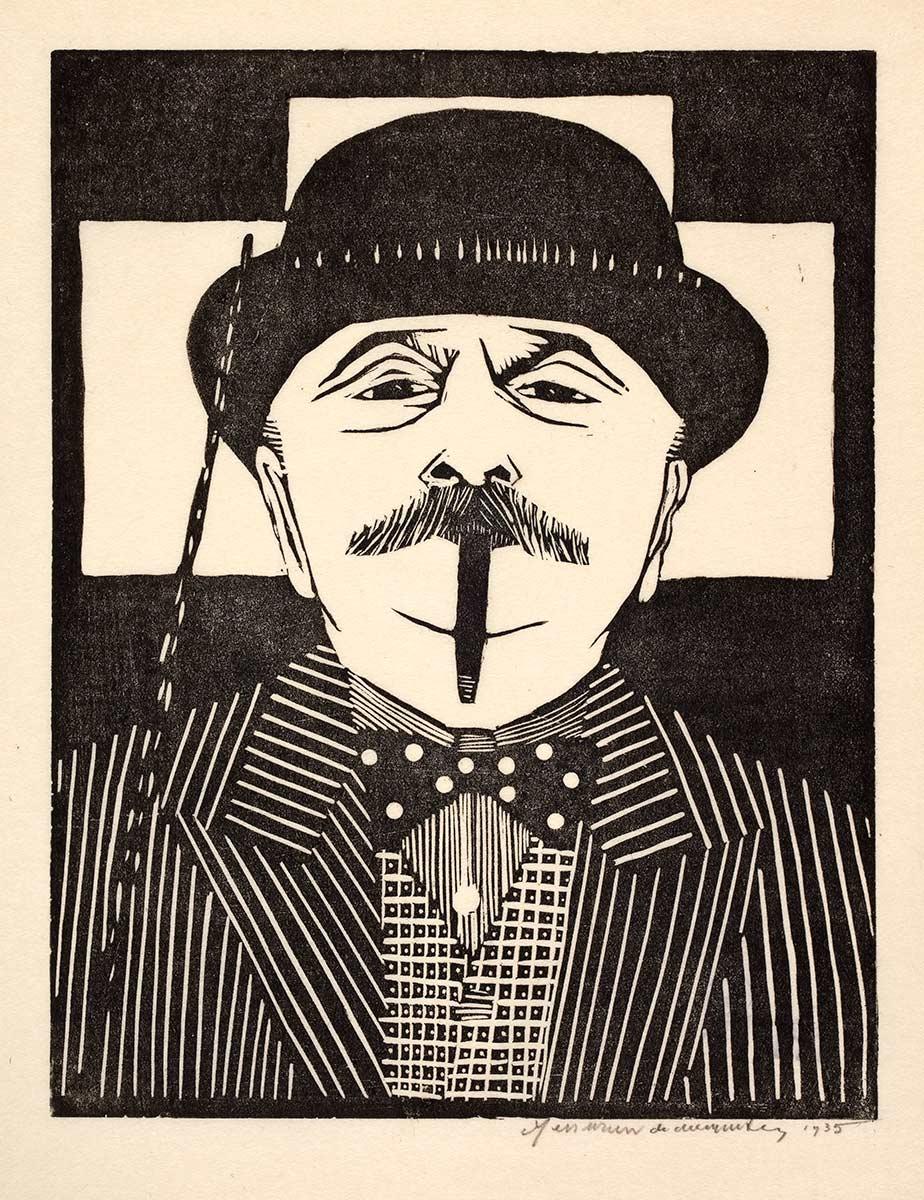
Graphic Grandeur
